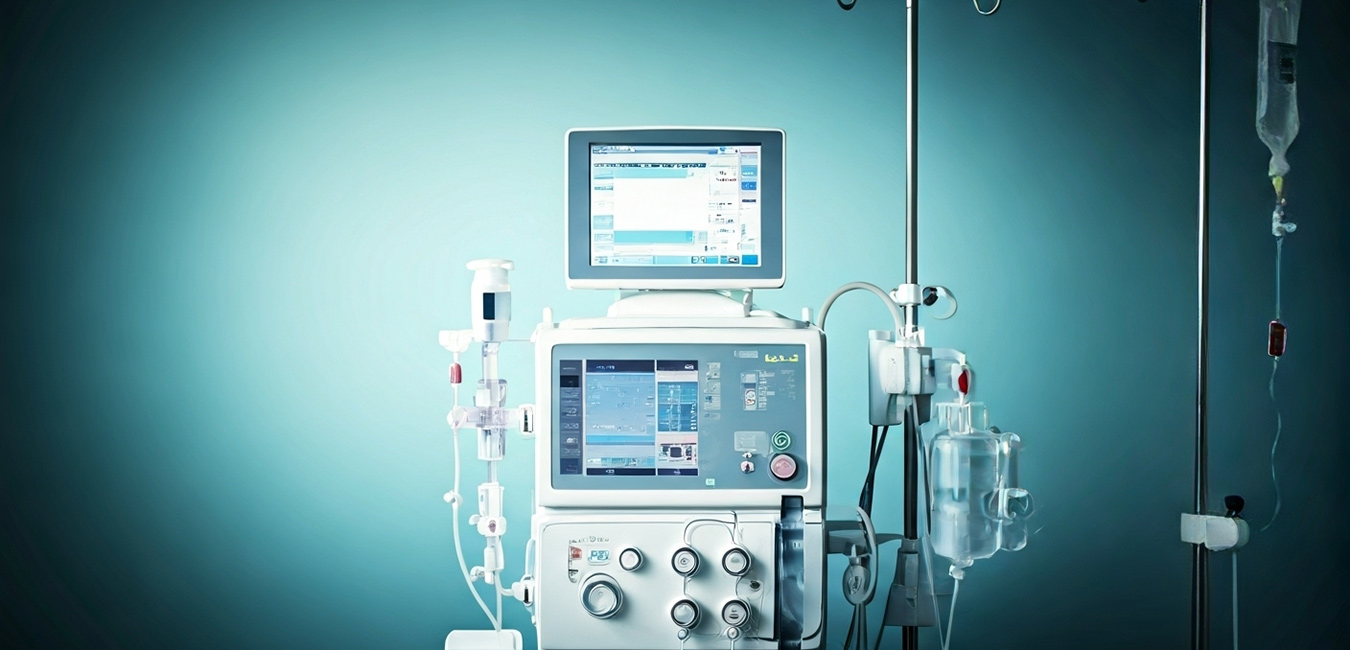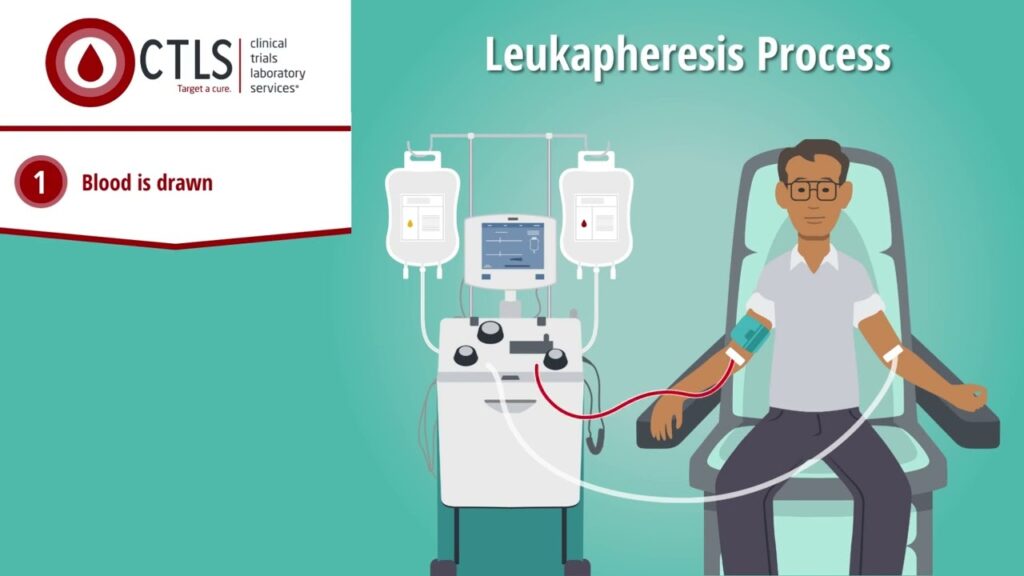
In modern medicine, technological advancements have paved the way for specialized procedures that cater to diverse patient needs. Two excellent examples are leukapheresis and apheresis. While both are essential tools in the treatment and management of various health conditions, understanding their differences and unique applications is crucial for patients and healthcare providers alike.
What Is Apheresis?
Apheresis is a broad medical term that refers to the process of separating blood into its individual components; red blood cells, white blood cells, plasma, and platelets. Then selectively removing or modifying specific components. After the desired component is extracted, the remaining blood is returned to the patient.
The term “apheresis” encompasses several procedures, each tailored to target different components of blood. For example:
- Plasmapheresis: Removes plasma to treat conditions like autoimmune disorders.
- Plateletpheresis: Collects platelets, often for transfusion purposes.
- Erythrocytapheresis: Targets red blood cells, typically for conditions like sickle cell disease.
- Leukapheresis: Focuses on white blood cells, which we’ll explore in greater detail.
Apheresis is commonly used in treating autoimmune diseases, blood disorders, and during organ transplantation. It can even be used to collect specific blood components for research or transfusion.
What Is Leukapheresis?
Leukapheresis is a specialized type of apheresis aimed specifically at removing white blood cells (leukocytes) from the blood. This process is often performed when there is an abnormally high level of white blood cells, as seen in certain types of leukemia or other hematologic conditions. At Celly Mobile Dialysis, we specialize in providing Leukapheresis treatments for pediatric patients.
Key Applications of Leukapheresis:
- Managing Leukemia: Patients with acute leukemia often experience a dangerously high white blood cell count, which can cause complications such as blood clotting or reduced oxygen delivery. Leukapheresis rapidly reduces these levels, providing temporary relief while other treatments, like chemotherapy, are initiated.
- Stem Cell Collection: Leukapheresis is used to collect white blood cells containing hematopoietic stem cells. These stem cells can later be transplanted to regenerate healthy blood cells in patients undergoing treatments like bone marrow transplantation.
- Research: Leukapheresis helps collect white blood cells for immunological studies and the development of therapies, including cancer immunotherapy and vaccine research.
Key Differences Between Leukapheresis and Apheresis
While leukapheresis is a type of apheresis, the two terms are not interchangeable. The main distinctions lie in their scope and objectives:
Apheresis:- Scope: General procedure targeting various blood components.
- Purpose: Addresses conditions related to plasma, platelets, red blood cells, or white blood cells.
- Applications: Autoimmune diseases, blood disorders, and transfusion preparation.
- Frequency: More commonly performed across a variety of medical fields.
Leukapheresis:
- Scope: Specialized focus on white blood cells.
- Purpose: Primarily manages white blood cell-related conditions.
- Applications: Leukemia management, stem cell collection, and research.
- Frequency: Specific to certain hematologic conditions and research.

The Procedure: Similarities and Differences
Both apheresis and leukapheresis procedures involve the use of specialized equipment to process blood. A catheter is typically inserted into a vein, and the blood is circulated through an apheresis machine, which separates the components based on density.
- In apheresis, the machine is programmed to extract one or more components, depending on the treatment goal.
- In leukapheresis, the machine specifically isolates white blood cells for removal or collection.
Both procedures are generally well-tolerated, though patients may experience temporary side effects such as fatigue, dizziness, or low calcium levels.
Choosing the Right Procedure
The choice between leukapheresis and other forms of apheresis depends on the patient’s condition and treatment goals. For instance:
- Patients with autoimmune disorders may benefit from plasmapheresis to remove harmful antibodies.
- Individuals with elevated white blood cell counts due to leukemia may require leukapheresis.
Healthcare providers will evaluate factors like the patient’s overall health, the urgency of treatment, and the availability of alternative therapies to determine the best approach.
Both leukapheresis and apheresis are vital tools in modern medicine, enabling targeted treatments for a wide range of conditions. While apheresis is a versatile procedure addressing multiple blood components, leukapheresis serves a specialized role in managing white blood cell-related issues.
Understanding these processes helps empower patients to make informed decisions about their care. As technology continues to evolve, the potential applications of leukapheresis and apheresis are set to expand, offering new hope for patients worldwide.